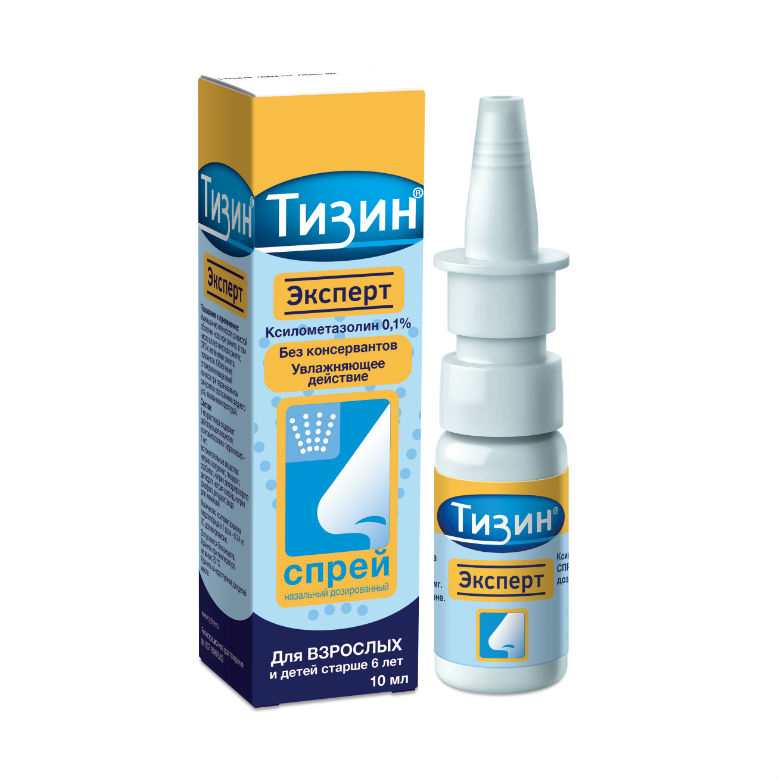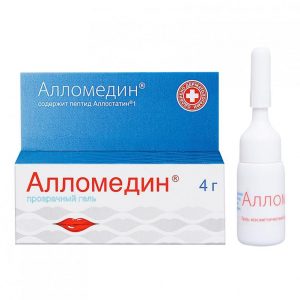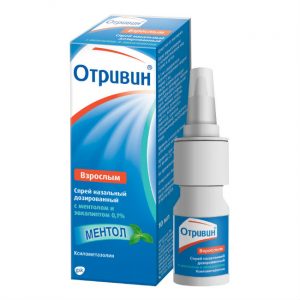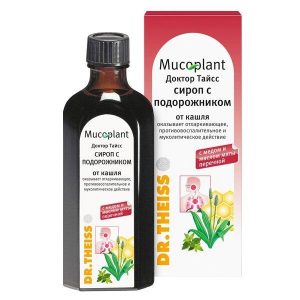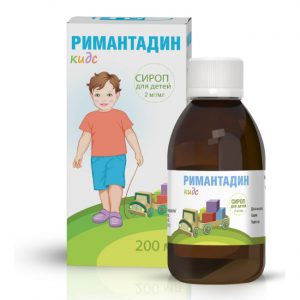Description
Latin name
TYZINE XYLO BIO
Release form
Dosage spray nasal 0.1% in a clear, pale yellow color.
Pharmacological action
Pharmacological group:
decongestant – vasoconstrictor.
ATX Code:nasal vessels of the mucous membrane of the nasal cavity, eliminating edema and hyperemia of the mucous membrane. Facilitates nasal breathing in rhinitis.
Hyaluronic acid, which is part of the drug, has a moisturizing effect when used in nasal drugs due to the ability to maintain mucous membranes in a moist state and creates optimal conditions for recovery processes.
Action usually begins within 5 10 minutes.
Pharmacokinetics
When applied topically, it is practically not absorbed, plasma concentrations are so low that they cannot be determined by modern analytical methods.
Human pharmacokinetic studies have not been conducted.
Indications
– reduction of swelling of the mucous membrane of the nasal cavity with rhinitis, incl. allergic rhinitis, acute respiratory infections with symptoms of rhinitis, pollinosis
– facilitating discharge of nasal discharge with paranasal sinusitis and middle ear inflammation caused by the common cold
– preparing patients for diagnostic procedures in the nasal passages.
0.1% nasal spray is intended for adults and children over 6 years of age.
Contraindications
– atrophic rhinitis
– thyrotoxicosis
– severe cardiovascular diseases (e.g., coronary heart disease, angina pectoris, tachycardia, arterial hypertension, severe atherosclerosis), hypertrophic hyperplasia history of interventions on the meninges in the history of
– patients receiving MAO inhibitors or other drugs that can cause an increase in blood pressure
– newborns and children under the age of 2 years (for a nasal spray dosed 0. 05%)
– children under 6 years of age (for a nasal spray dosed 0.1%)
– hypersensitivity to any of the components of the drug.
With caution
In the following cases, Tizin Expert can be used only after carefully weighing the benefits and risks of treatment:
– hypersensitivity to adrenergic drugs, accompanied by insomnia, dizziness, arrhythmia, tremor, increased blood pressure
– pheochromocytoma, endocardial disease, for example diabetes mellitus)
– prostatic hyperplasia
– porphyria.
Use during pregnancy and lactation
Xylometazoline should not be used during pregnancy, as effects on the fetus have not been studied in clinical studies.
The drug should not be used during breastfeeding, as it is not known whether the active substance is excreted in breast milk.
Special instructions
Long-term use (more than 7 days) and an overdose of sympathomimetics that have a decongestant effect, may lead to reactive hyperemia of the nasal mucosa. As a result, there is difficulty in nasal breathing, which leads to the fact that the patient begins to use the drug repeatedly or even constantly. This can lead to chronic swelling (drug rhinitis), and as a result, even to atrophy of the nasal mucosa (ozena). It is not recommended to use the drug continuously for more than 7 days.
In milder cases, to improve the patient’s condition, you can initially stop the introduction of sympathomimetic in one nasal passage, and after reducing complaints continue to introduce it into the other nasal passage to partially ensure nasal breathing.
Do not exceed recommended doses, especially in children and elderly patients.
If a medicine is unusable or has expired, it should not be thrown into wastewater or into the street. It is necessary to put the medicine in a bag and put in a garbage container. These measures will help protect the environment.
Effect on the ability to drive vehicles and control mechanisms
With prolonged treatment or use of the drug in higher doses, the possibility of its systemic effect on the cardiovascular system cannot be ruled out. In such cases, the ability to drive and operate machinery may be impaired.
Composition of
In 1 ml of solution contains:
active ingredient:
xylometazoline hydrochloride 1 mg (0.1%)
amount of active ingredient in a single dose – 0.14 mg xylometazoline hydrochloride
excipients:
glycerol – 8 ,
sorbitol – 5 mg,
sodium dihydrogen phosphate dihydrate – 4 mg,
sodium chloride – 3 mg,
sodium phosphate dihydrate – 0.628 mg,
sodium hyaluronate – 0.2 mg,
water for injection – up to 1 ml.
Dosage and administration
Adults and children over 6 years of age are prescribed a nasal spray dosed 0.1%, 1 dose in each nasal passage up to 3 times / day. The dose depends on the individual sensitivity of the patient and the clinical effect.
Children aged 2-6 years are prescribed a nasal spray dosed 0.05% at 1 dose in each nasal passage 1-2 times / day.
The drug should not be used for more than 5-7 days, unless the doctor has recommended a different duration of treatment. After completion of therapy, the drug can be re-prescribed only after a few days.
In chronic rhinitis, the drug can only be used under medical supervision, given the risk of developing atrophy of the nasal mucosa.
How to use
Remove the protective cap. Before first use, press the spray nozzle several times until a uniform cloud of fog appears. The bottle is ready for further use.
When applying, press 1 time. The drug is inhaled through the nose. If possible, hold spray bottle upright. Do not spray horizontally or down. After use, close the vial with a cap.
Side effects
From the respiratory system: transient mild irritation of the nose (burning) in susceptible people, sneezing. Often (> 1%,
From the nervous system: rarely (> 0.01%, headache, insomnia, impaired vision, fatigue and depression (with prolonged use in high doses).
From the cardiovascular system: in isolated cases ( 0.1%,
Drug interactions
The simultaneous use of MAO inhibitors such as tranylcypromine or tricyclic antidepressants can lead to increased blood pressure due to the cardiovascular effects of these substances.
Overdose
Symptoms
Overdose or accidental intake of the drug can lead to the following symptoms: dilation of the pupils, nausea, vomiting, cyanosis, fever, convulsions, tachycardia, arrhythmia, collapse, heart failure, collapse, heart failure . In addition, the following symptoms may occur: central nervous system suppression accompanied by drowsiness, decreased body temperature, bradycardia, hypotension, apnea and coma.
Treatment of
Use of activated carbon, gastric lavage, artificial respiration with oxygen. To reduce blood pressure, phentolamine is used 5 mg saline intravenously slowly or 100 mg orally.
Vasopressor agents are contraindicated. If necessary, use antipyretic and anticonvulsants.
Storage Conditions
The product should be stored out of the reach of children at a temperature not exceeding 25 ° C.
Shelf life
2 years.
Deystvuyushtee substance
Xylometazoline
Terms and conditions
No prescription
dosage form
nasal spray
